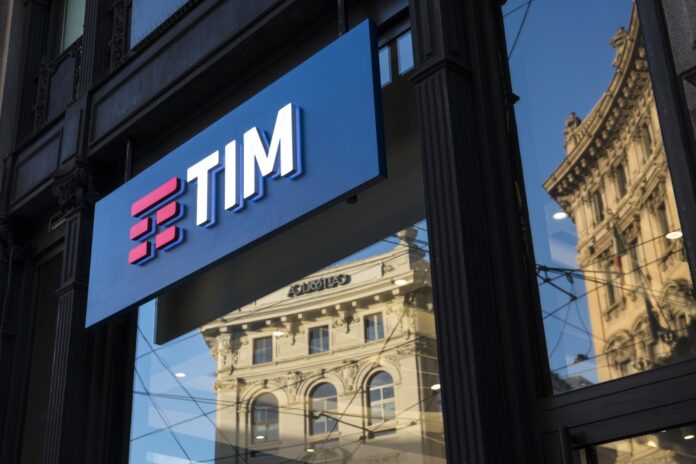Clean split will make NetCo and ServiceCo more attractive
Telecom Italia (TIM) has revealed its plan to divide its fixed network from its service businesses in a bid to raise cash, cut debt and attract new partners for its offspring business divisions that will run as autonomous companies. The domestic fixed access network and submarine cable unit Sparkle will be formed into a separate company, NetCo, which would be apportioned €11 billion ($11 billion) of the debt accumulated by the former national telco monopoly. Meanwhile the services side of the telco, ServiceCo, will take on TIM’s Consumer and Enterprise divisions as well as its prized TIM Brasil unit. “This business plan will allow (TIM) to improve the operative performance with a specific economic and financial focus for each entity and to attract new industrial and financial partners,” TIM said.
Lost assets
The asset spinoff plan that would see the former phone monopolist cede control of its most valuable piece, the network. According to Bloomberg the board on Wednesday gave a mandate to CEO Pietro Labriola to cede control of its grid make a dent in the telco’s €30 billion ($31 billion) debt by breaking the phone carrier up into several separate units and looking to attract new partners. TIM estimated the NetCos earnings (EBITDA) at €2.2 billion euros as of 2025, compared with the €2 billion reported last year. “NetCo can be the first example in Europe of a fiber network infrastructure and technologies hub available to the whole market and with a widespread presence across the country,” Telecom Italia said in a statement Thursday. The separation could take 18 months, the company said.
Priority
Labriola has said separating the network is a top priority and his plan calls for ceding a controlling stake to a group of investors led by national investment bank Cassa Depositi e Prestiti (CDP) and private equity companies KKR and Macquarie, and then merging it with smaller rival Open Fiber. The plan also calls for all of the company’s commercial services to be spun off into a unit dubbed ServiceCO, which will include a consumer branch and an enterprise operation, as well as the company’s Brazilian unit.
Consumer earnings
While the consumer branch’s sales and profit are expected to remain stable through 2026, the unit’s top clients division could almost double its earnings to at least €1.7 billion as of 2030 from €900 million last year. Enterprise unit sales would reach about €5 billion from €3 billion last year. The company’s 15,000 employees, around a third of all staff, would be relocated to NetCo as of 2030.
Investment
The valuation of the network is a moot point and estimations differ dramatically, from €20 billion euros to €30 billion. TIM management are hoping that investors will match their valuation of at least €25 billion euros ($26 billion), reports Reuters. This still does not match the €31 billion sought by the telco’s top shareholder Vivendi in any potential network. The price of the telco is likely to be a crucial sticking point in talks with national investment bank Cassa Depositi e Prestiti (CDP), the second largest investor in TIM, as all the interested parties decide how they will combine TIM’s network with that of rival broadband firm Open Fiber, which is majority owned by CDP.



